Big cats, including lions, tigers, leopards, and jaguars, are apex predators that play a crucial role in maintaining the balance of their ecosystems. By controlling the populations of herbivorous prey, they ensure the health and diversity of plant life. This intricate balance, however, is increasingly threatened by climate change, which impacts not only big cats but also their prey species in profound ways.
Climate Change
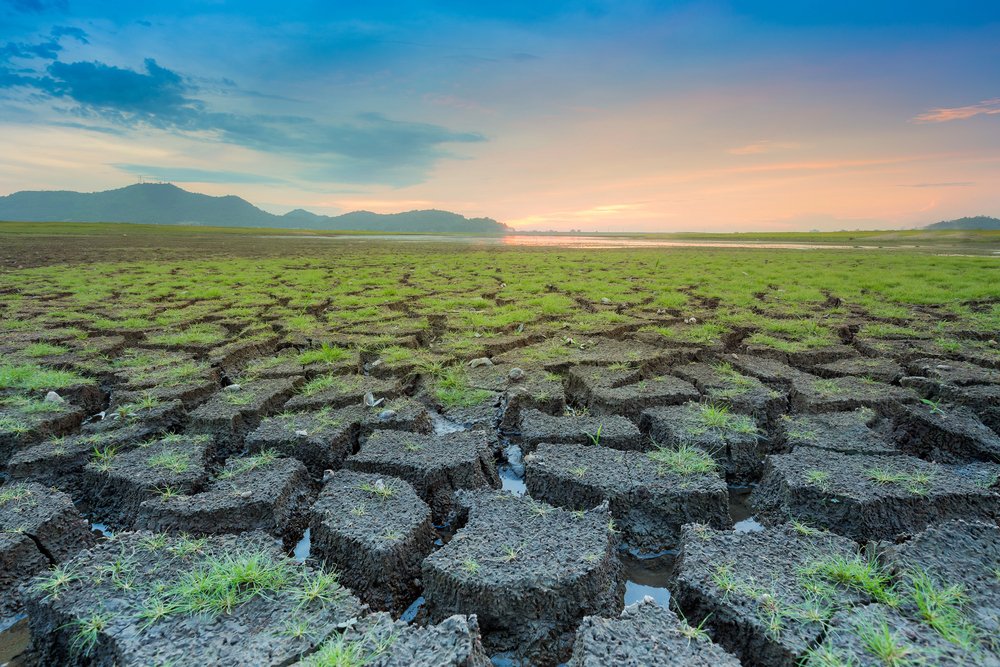
Climate change refers to long-term alterations in temperature, precipitation, wind patterns, and other elements of the Earth’s climate system. The primary driver is the anthropogenic increase of greenhouse gases in the atmosphere, leading to global warming and related environmental shifts. These changes pose significant threats to biodiversity, including alterations in habitats and the availability of resources crucial to wildlife survival.
The Predator-Prey Dynamic
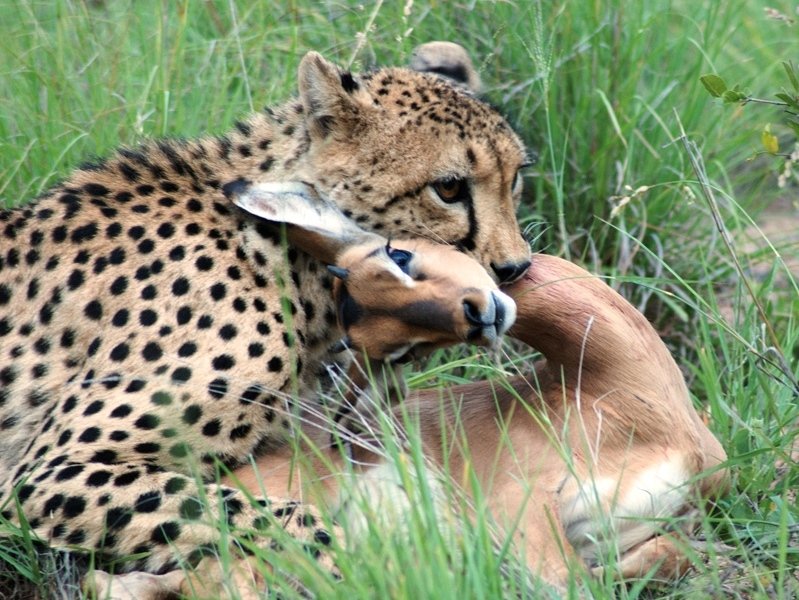
The relationship between predators and prey is fundamental to ecosystem stability. Predators, like big cats, rely on a stable population of prey species to meet their dietary needs. Conversely, prey species depend on specific environmental conditions that support their survival and reproduction. Disruptions to either group can lead to cascading effects throughout the ecosystem.
Impact of Climate Change on Prey Habitats
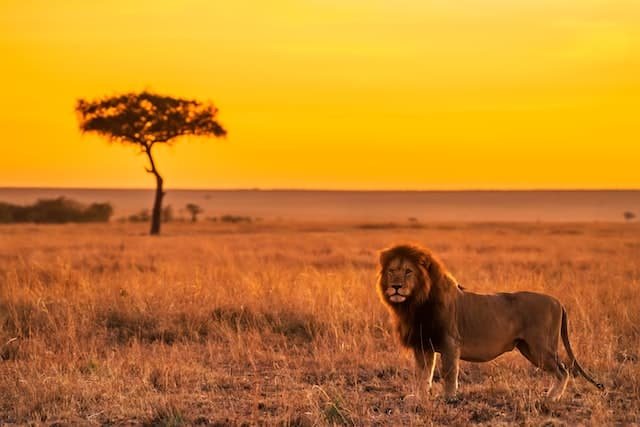
As climate change alters the physical environment, the habitats of prey species are significantly affected. Changes in temperature and precipitation patterns can lead to habitat loss and fragmentation. For instance, savannahs may experience increased aridity, while forests could see shifts in plant species composition, affecting the animals that rely on these habitats for food and shelter.
Alteration in Prey Population Dynamics

Climate change affects prey population dynamics through alterations in birth rates, death rates, and migration patterns. Extreme weather events can lead to higher mortality rates or increased competition for resources among prey species, causing fluctuations in their populations. This variability poses challenges for predators like big cats, which depend on a steady supply of prey.
Temporal Shifts in Prey Availability
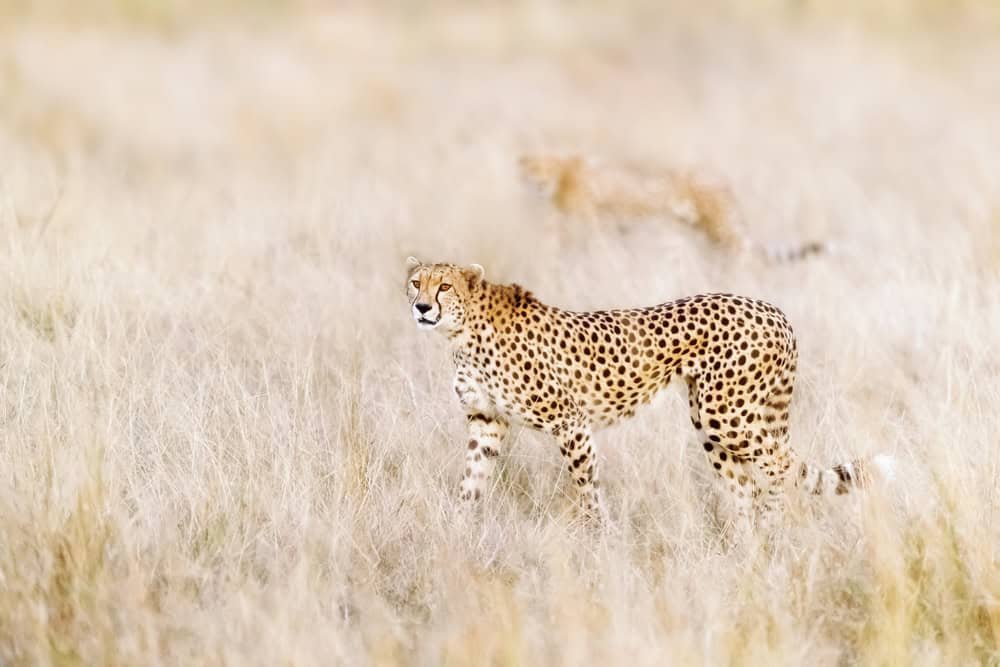
Seasonal shifts caused by climate change can disrupt the synchronization between prey availability and predator hunting cycles. For instance, if prey animals breed earlier or later than usual due to shifts in climate, it may lead to periods where food is scarce for big cats, affecting their health and reproduction.
Changes in Prey Distribution Patterns

As climate patterns change, prey species may migrate to new areas where conditions are more favorable. These migrations can lead to changes in the geographic distribution of these species, sometimes moving them out of the traditional range of big cats, leaving predators with fewer hunting opportunities in their native territories.
Adaptation Challenges for Big Cats
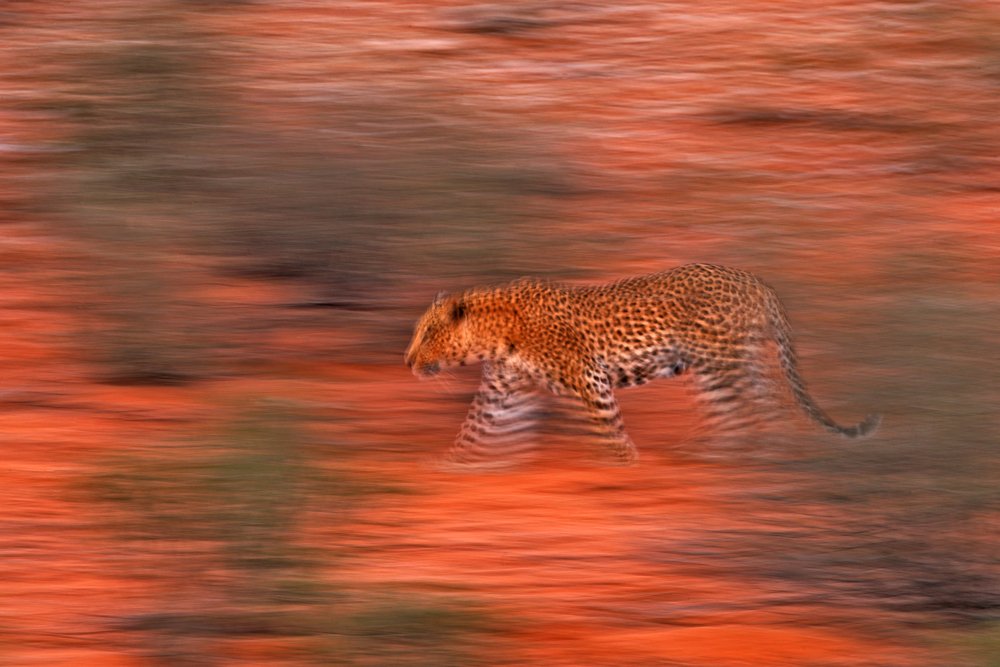
Adapting to these changes poses substantial challenges for big cats. Some species may expand their territories in search of food, leading to increased human-wildlife conflicts and further endangerment of these iconic animals. Additionally, climate-induced changes could force big cats to adapt their hunting strategies, which may not always be successful.
Conservation Implications
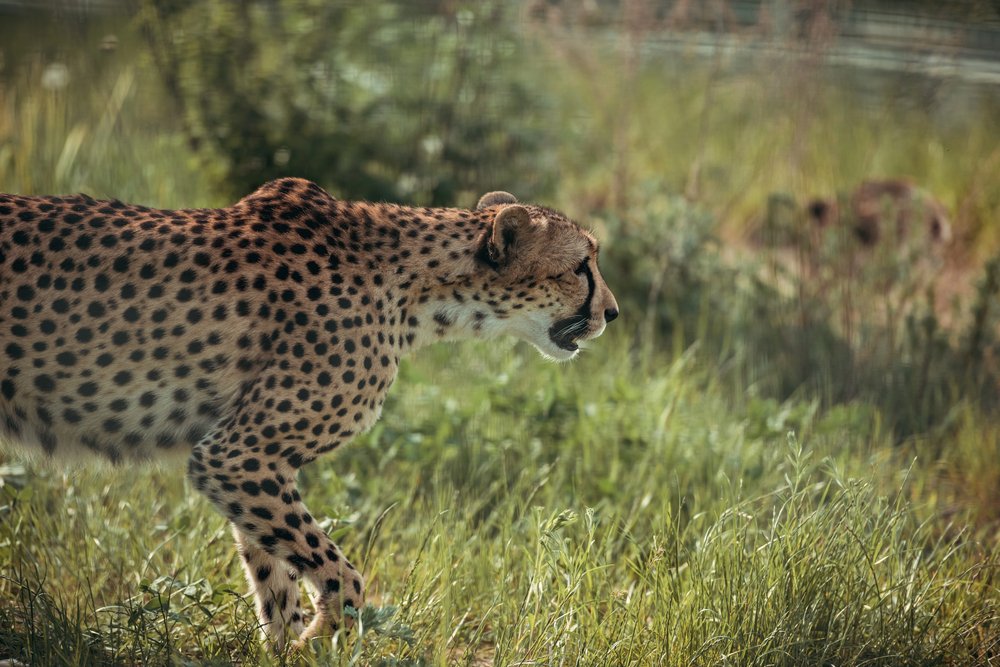
The impact of climate change on prey species necessitates revisiting conservation strategies for big cats. Protecting and restoring habitats, ensuring ecological corridors for prey species migration, and mitigating human-wildlife conflict are crucial steps. Conservation efforts must also consider the sustained availability of prey and support ecosystems’ resilience against climate change.
Future Research and Solutions
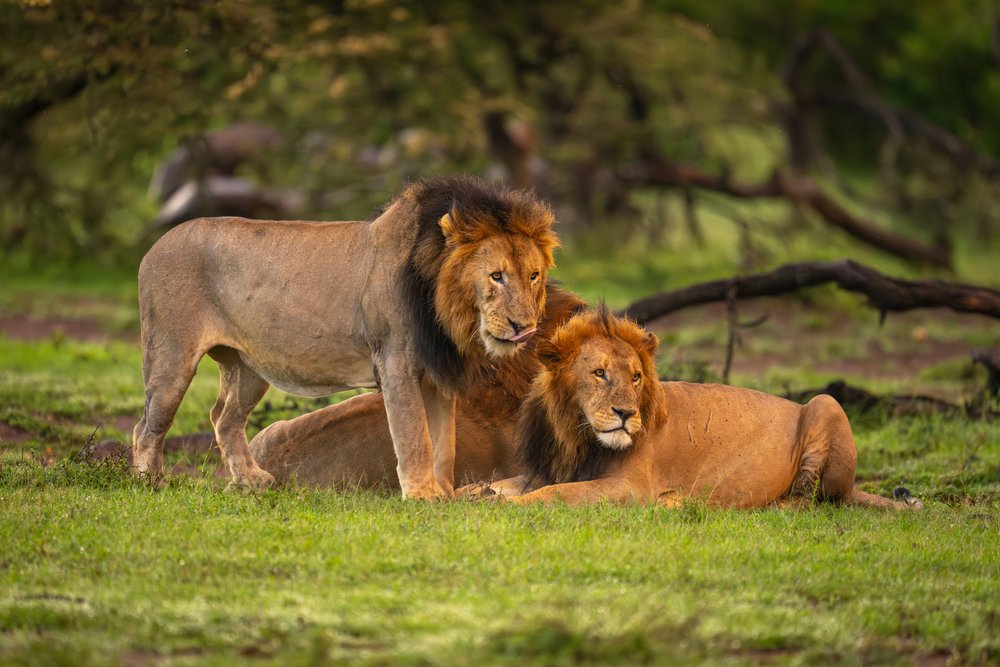
Further research is critical to understanding the complex interactions between climate change, prey species, and predator dynamics. Innovative solutions, such as climate-resilient landscape planning and the integration of traditional ecological knowledge, can help mitigate some impacts. Additionally, global efforts to reduce greenhouse gas emissions are vital to alleviating the speed and severity of climate change’s effects on wildlife.
Conclusion
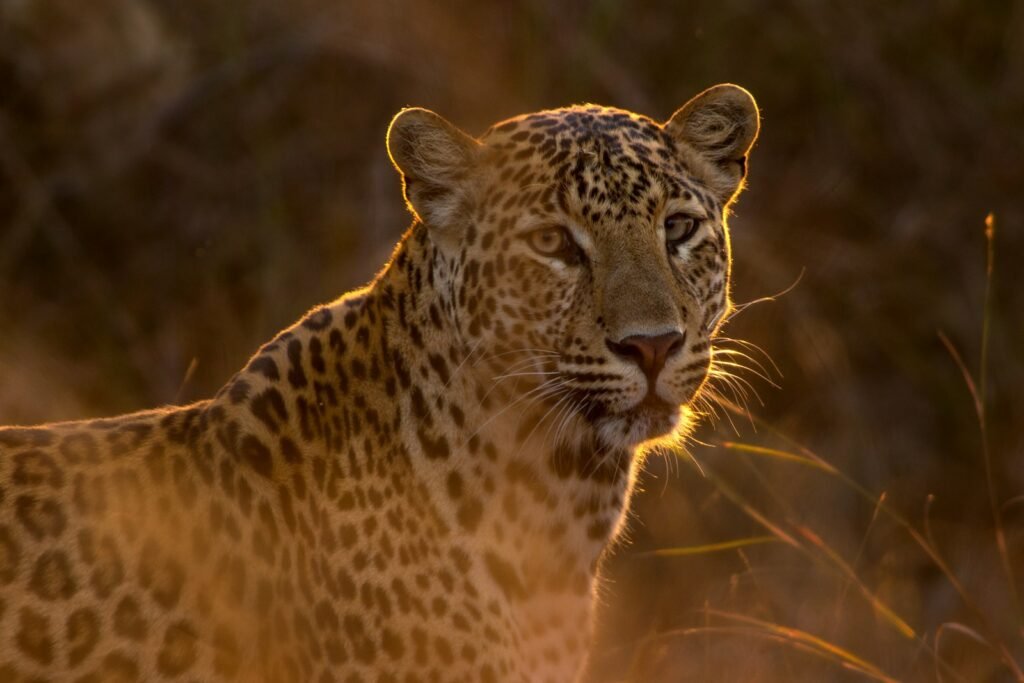
The impact of climate change on big cat prey species is a pressing ecological concern that demands immediate attention and action. By understanding and addressing the challenges posed by climate shifts, we can work towards preserving the delicate balance within ecosystems that sustains both predators and their prey. Through collaborative global efforts, we can strive to ensure the survival of big cats and the biodiversity they support.

Growing up traveling and experiencing new cultures and wonders, I have had a passion for nature, adventuring, photography, and videography. I am currently working towards a BSc in Biodiversity and Ecology at Stellenbosch University, and I hope to specialise in Marine Sciences one day.
Please send any feedback to Feedback@animalsaroundtheglobe.com






